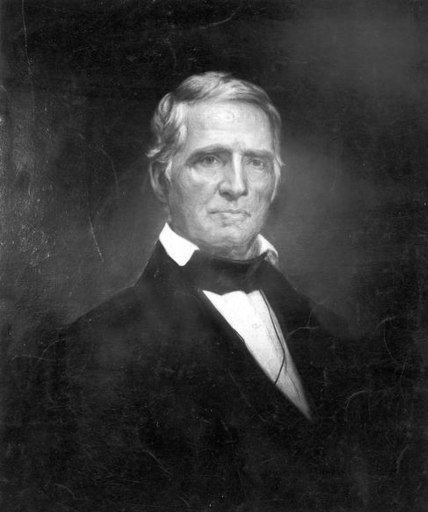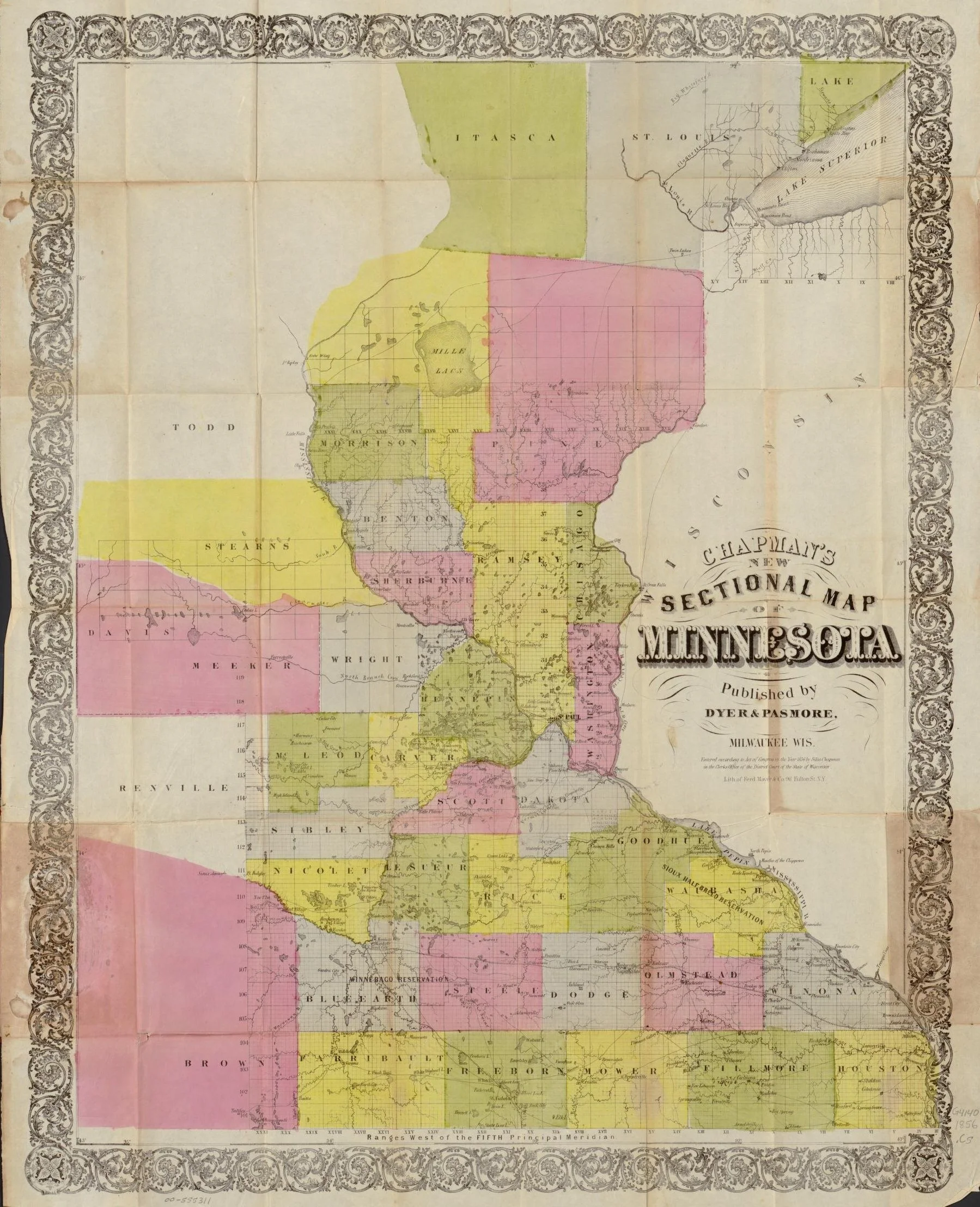Nammacher Family Land History
1856 Map of Minnesota Territory, J. H. Young
Treaty, and parcel research for:
44488 Cloverdale Road, Hinkley MN (PID 010051000)

“Little Crow's Village on the Mississippi,” watercolor by Seth Eastman, c. 1846-1848
The ultimate aim of a Dakota life, stripped of accessories, was quite simple: One must obey kinship rules; one must be a good relative. No Dakota who has participated in that life will dispute that. In the last analysis every other consideration was secondary—property, personal ambition, glory, good times, life itself. Without that aim and the constant struggle to attain it, the people would no longer be Dakotas in truth. They would no longer even be human. To be a good Dakota, then, was to be humanized, civilized. And to be civilized was to keep the rules imposed by kinship for achieving civility, good manners, and a sense of responsibility towards every individual dealt with.
— Aŋpétu Wašté Wiŋ (Beautiful Day Woman, Ella Cara Deloria) | Speaking of Indians (1944)
A Dakota Place
Mni Sota Makoce
“Third president, 1801–1809,” oil painting by Mather Brown, 1786
Settler Colonialism
The Treaty Period
Coerce.
“Commerce is the great engine by which we are to coerce them, and not war.”
Portrait of Bagone-giizhig the Younger (son of Hole in the Day I) by Whitney’s Gallery, c. 1862
Conquest.
“My father! We claim [Dakota land] upon the same ground that you claim this country from the British King—by conquest. We drove them from the country by force of arms, and have since occupied it; and they cannot, and dare not, try to dispossess of us our habitations.”
Portrait of Moses Henry Dodge, Wisconsin’s first Territorial Governor, U.S. Senator, and negotiator of the 1837 Pine Treaty, by William Cogswell (date unknown)
Control.
“I have no doubt, if the proper steps are taken, the Chippewas will become attached to the Government, and can be easily controlled by their [federal] agents.”
Map of Treaty Cessions by Charles C. Royce, Bureau of American Ethnology (1899)
Primary Sources
& Markups

Current Law
Land Becomes Property
Primary Sources
& Markups
“Chapman's new sectional map of Minnesota,” by Silas Chapman (1856)
"Mendota from Fort Snelling," watercolor by Seth Eastman, 1848
Curated Resource List for the Nammacher Family
There’s more
For a Dakota perspective on the history of the region:
Read Gwen Westerman and Bruce White, Mni Sota Makoce: The Land of the Dakota (Minnesota Historical Society Press, 2012)
For a biographical novel about the territorial politics of the region:
Read Anton Treuer, The Assassination of Hole in the Day (Minnesota Historical Society Press, 2011)
To explore Ojibwe history in the region at a federal trading post:
For Indigenous perspectives on U.S. history:
Read Ned Blackhawk, The Rediscovery of America: Native Peoples and the Unmaking of U.S. History (Yale University Press, 2023)
Read Roxanne Dunbar-Ortiz, An Indigenous Peoples' History of the United States (Beacon Press, 2015)
Read Anton Treuer, Everything You Wanted to Know about Indians But Were Afraid to Ask: Revised and Expanded (Minnesota Historical Society Press, 2023)
Aerial Photograph of Cloverdale Farm, Photograph by Unknown Artist (1939)








